The Astounding Life of John W. Campbell
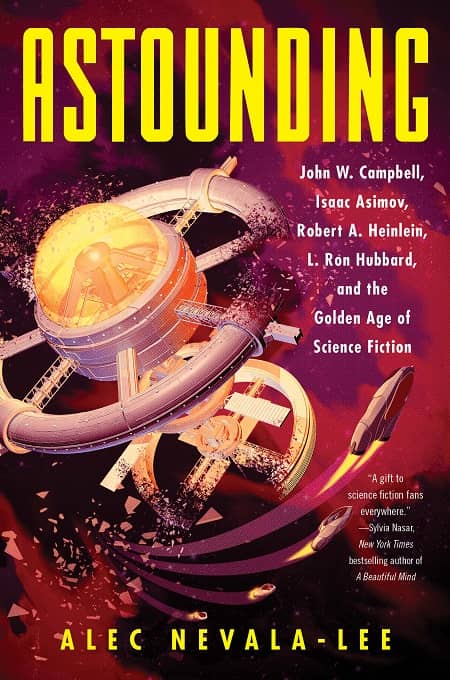 |
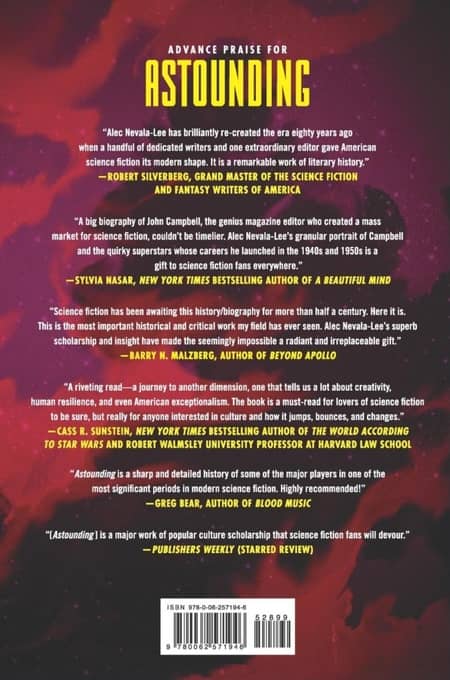 |
Every now and then, amid your fevered cries for net neutrality, free soil and free silver, the restoration of the house of Stuart, more episodes of Firefly, or whatever other hopeless cause gets your blood racing and your family members fleeing (they recognize a wind-up to a full fledged rant when they hear one), against all odds the universe actually hears, takes note, and gives you precisely what you’ve asked for — not often, dammit, but sometimes.
Thus it was that after decades of buttonholing strangers and lecturing them on the nation’s desperate need for a biography of John W. Campbell, the pioneering science fiction writer and influential editor of Astounding Science Fiction (later Analog) from 1937 until his death in 1971, a couple of months ago I discovered that just such a book had finally been written. (Where did I find this out? I saw it mentioned on some fantasy web site or other… hold on… I’ll think of the name in a minute…)
I Immediately put Astounding: John W. Campbell, Isaac Asimov, Robert A. Heinlein, L. Ron Hubbard, and the Golden Age of Science Fiction by Alec Nevala-Lee at the top of my Christmas list, and I have just finished devouring it, blurbs, book jacket, binding glue, and all. Give me a second to belch, and I’ll tell you what I thought.
[Click the images for Astounding-sized versions.]
As the subtitle indicates, Nevala-Lee’s book is an even bigger feast than I was hoping for. Astounding is nothing less than a quadruple biography, chronicling not only Campbell’s life, but also the lives of his three most significant collaborators; it also highlights the substantial contributions the four men’s various wives made to their husbands’ careers. (I think there were eight or ten wives, all told – it was hard to keep track. Being married to these fellows was the matrimonial equivalent of the blood test scene in John Carpenter’s film, The Thing, which was of course based on Campbell’s classic story of a shapeshifting alien, “Who Goes There?”) Nevala-Lee rightly sees the saga of science fiction’s Golden Age as a story of the collective effort and shared vision of a bunch of rugged individualists, which is a neat bit of irony.
John W. Campbell
There’s a wealth of surprising information here, and I guarantee that even if you consider yourself well-versed in the subject, you’re going to find out a lot that you didn’t know. (Some of it, especially in the chapters that cover the birth and growth of Dianetics, are things that you might rather not know.) For example, it’s common knowledge that Cleve Cartmill’s 1944 story “Deadline” so accurately predicted some aspects of what was then going on in the Manhattan Project that it attracted the attention both of the physicists working in Los Alamos (many of whom were avid readers of Astounding) and of the Counterintelligence Corps, who sent agents to grill Campbell and Cartmill. What was new to me was how Campbell deliberately provoked the incident (the story idea was Campbell’s, and he practically dictated the technical details to Cartmill), all to verify his suspicions that the government was constructing an atomic bomb; he actually wanted to attract the security service’s attention. He never realized how close the whole thing came to getting Astounding closed down. It’s a typical example of Campbell’s blend of far-seeing brilliance and blind recklessness.
Campbell rates this kind of serious biographical treatment because he was one of the most significant cultural figures of the Twentieth Century, and under his editorship, Astounding was the single most important and influential venue for serious science fiction that has ever existed in American publishing. Campbell played a greater role in shaping the genre than any other figure; from the time he took over editorship of the magazine in the late 30’s until at least the early 50’s, he was in effect the Pope of Science Fiction, the man who defined what the genre was and what it could — and couldn’t — do. As time went on, this very dominance caused many writers to chafe under the limits imposed by Campbell’s exacting – and sometimes idiosyncratic – requirements.
Astounding, June 1939
This resistance ultimately led to a very fruitful reaction in the pages of, among others, The Magazine of Fantasy and Science Fiction and Galaxy, a reaction that culminated in the so-called “New Wave” of the sixties – but even that movement couldn’t completely eclipse Campbell or cancel out his authority. Nevala-Lee relates an anecdote about that walking embodiment of rude reaction, Harlan Ellison (who Campbell called “an insulting little squirt with a nasty tongue”) sneering at Campbell as an ossified relic but then being ecstatic when a story he co-wrote with Ben Bova was accepted by the editor for Analog.
The seeming contradiction of Ellison’s rebelling against Campbell while also desiring to produce something that he would find acceptable testifies to an inescapable fact: to the end, John W. Campbell remained a towering figure in the genre, and for a very simple reason – he was an indisputably great editor, a man who, even in his decline, stood head and shoulders above all others in his field. On the one hand, he was a fountain of the kind of practical, nuts and bolts advice that all editors dispense; he once told Asimov, “When you have trouble with the beginning of a story, that is because you’re starting in the wrong place, and almost certainly too soon. Pick out a later point in the story and begin again.”
L. Sprague de Camp, Isaac Asimov, and Robert A. Heinlein
But in addition to this kind of purely technical advice, he was uniquely suited for science fiction in that he tossed off uncommonly fruitful story ideas with reckless abandon, all for his writers to make use of, and use them they did. Though he tried to give the credit for the Three Laws of Robotics to Isaac Asimov, Asimov himself always insisted that they were Campbell’s creation, along with the basic ideas for “Nightfall” (often cited as the greatest science fiction story ever written) and the Foundation trilogy. And that’s just a few examples from the career of one writer; Campbell was just as generous with everyone who wrote for him, though not everyone could thrive under this kind of tutelage. (Larry Niven – who you would think would be a natural for Analog – didn’t write much for Campbell, saying “He liked his ideas better than he liked mine.”) A man who was so opinionated and so sure of himself could certainly be frustrating to deal with. Asimov, who never stopped admiring him, described Campbell this way:
Suppose you meet a man who asks you what your field of endeavor is and you tell him that you are the world’s greatest living vertebrate paleontologist, which is, of course, what you are. And suppose that, on hearing this, the man you meet fixes you with a glittering eye and proceeds to lecture you for five hours on vertebrate paleontology, getting all his facts wrong, yet somehow leaving you unable to argue them. You will then have met Campbell.
One of the most prominent aspects of Campbell’s character was his need to shake things up, and it was this iconoclastic tendency that was both his greatest strength and his most glaring weakness. It led him to push his genre far beyond the rigid, Gernsbackian boundaries that were the norm when he broke into science fiction as a writer (of precisely those same slide-rule stiff, light year-leaping yarns that as an editor he moved the genre away from). It was a huge accomplishment that all science fiction readers and writers should be forever grateful for.
Astounding, May 1947
But Campbell’s reflexive gadflyism also led him into his most egregious follies. On the “more embarrassing than harmful” side, it was an impulse which often manifested itself in an advocacy of various crackpot inventions. (He had trained as a physicist and had just enough technical knowledge to be dangerous.) Taking up space in Astounding to sing the praises of the Dean Drive (a supposedly “reactionless” space drive that no one, including its inventor, could ever get to actually work) was silly enough, but Campbell’s delight in attacking accepted truths also led him into some highly dubious areas, to say the least, as in his oft-repeated assertion that in some situations, slavery was an acceptable – and even beneficial – social system. How much of this was racism and how much a transgressive delight in shocking the hell out people is impossible to precisely determine. Nevala-Lee doesn’t weight the balance in either direction; he just presents the evidence and respects his readers enough to let them draw their own conclusions, a refreshing and increasingly rare quality these days.
Nevala-Lee takes the same approach when it comes to the four men’s sexual transgressions; he neither conceals nor excuses anything, but he also doesn’t imply that such actions invalidate his subjects’ accomplishments or amount to the sum of their characters. This evenhanded approach is seen most clearly in the book’s portrait of Asimov, who was a notorious groper, but who nevertheless comes across as the most sympathetic figure in the book.
The most gripping chapters of Astounding are those which deal with the early days of Dianetics. Campbell enthusiastically hailed this wild concoction as an exact science of the mind, which was something he had been seeking for most of his life. Campbell never completely renounced Dianetics, even as it morphed into Scientology and he became estranged from its increasingly unhinged creator, L. Ron Hubbard. It’s perhaps not surprising that Campbell, with his fascination with psi powers and his belief in humanity as an ongoing evolutionary project (with science fiction serving as evolution’s indispensable handmaiden) was attracted by some of the ideas embodied in Hubbard’s work.
Hubbard and Campbell
What is surprising is how easily Campbell and so many of his self-styled group of “competent men,” all of whom saw themselves as cool rationalists and objective minds, were taken in by Hubbard’s ceaseless torrent of brazen bullshit. Some, like Jack Williamson, instantly pegged Hubbard as a pathological liar, but an amazing number of highly intelligent people followed him like lemmings off a cliff. A.E. Van Vogt – to name just one science fiction writer among many — was an early disciple of Dianetics, and while Heinlein stayed clear of the movement, he always passionately defended Hubbard as a genuine war hero. In reality Hubbard’s constant insubordination and flagrant incompetence got him quickly relieved from every command he held during the war, and the limp that Hubbard blamed on Japanese shrapnel was actually the result of falling off a ladder.
The whole thing makes for a full, fascinating story. If Astounding has any deficiency, it’s that in focusing on the biographical comings and goings of his four main protagonists and the countless people in their orbit, Nevala-Lee has little room left for detailing how Campbell’s extraordinary blend of prejudices, obsessions, instincts, and insights concretely shaped the genre, both in the pages of Astounding/Analog and in all the varieties of “anti-Campbellian” reaction, some of which are flourishing even today, almost a half century after his death.
I could have used more in-depth analysis of characteristic works from Campbell’s crew; this kind of critical approach would have put a little more flesh on the bones of Nevala-Lee’s argument. The critical assessments that are present are generally extremely brief and the judgments are conventional when they’re not just odd. (Eric Frank Russell’s Sinister Barrier is an important work in the development of the genre and remains an enjoyable read, but I’m not sure that “it still deserves to be ranked as one of the greatest science fiction novels ever written.”)
Alec Nevala-Lee
But these are minor quibbles. Though I feel that the definitive account of Campbell and his era has yet to be written, Astounding: John W. Campbell, Isaac Asimov, Robert A. Heinlein, L. Ron Hubbard, and the Golden Age of Science Fiction is an excellent start. In the book’s afterward, Nevala-Lee says that he hopes his book will be “a necessary first step in any comprehensive reckoning.” It is certainly that and more; someone has at last laid a solid foundation on which the rest of the history of modern science fiction can be built, and we owe Alec Nevala-Lee our thanks for at last taking on that hard and long-deferred task, and for doing it so well.
Thomas Parker is a native Southern Californian and a lifelong science fiction, fantasy, and mystery fan. When not corrupting the next generation as a fourth grade teacher, he collects Roger Corman movies, Silver Age comic books, Ace doubles, and despairing looks from his wife. His last article for us was a review of Earth Abides by George R. Stewart.
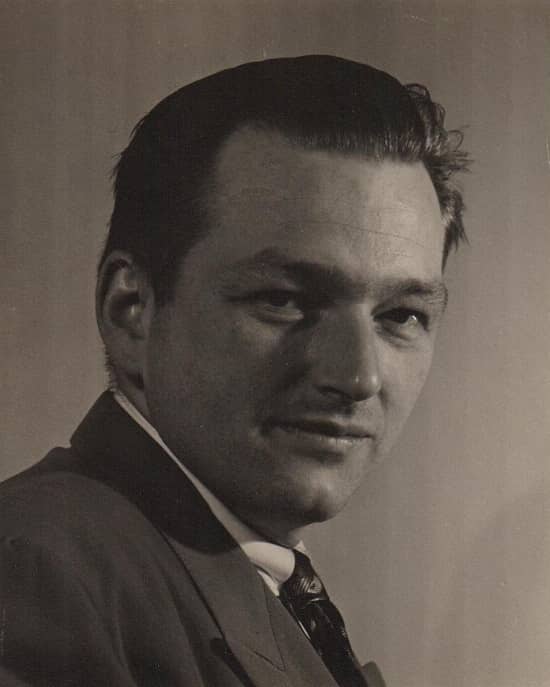
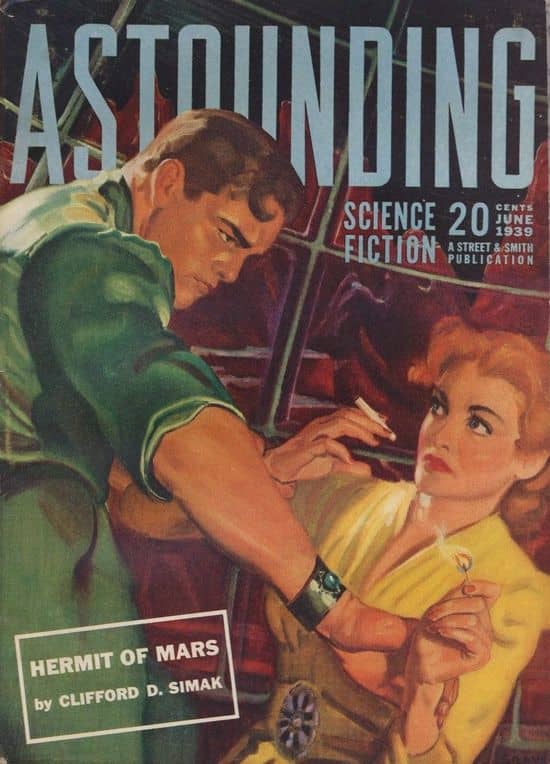
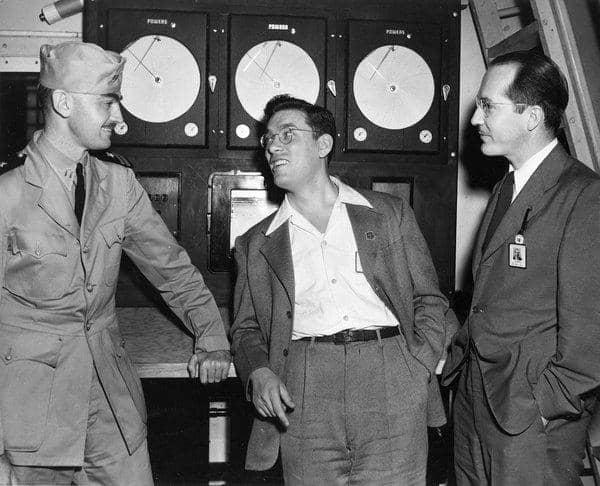
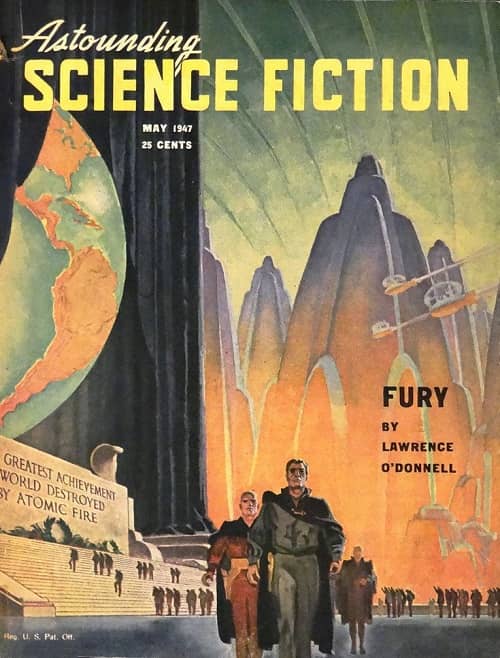
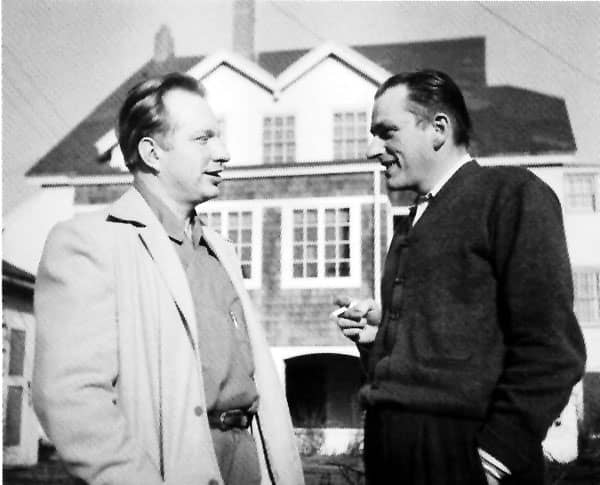

[…] Thomas Parker on Astounding at Black Gate. […]
I like this book a lot, even if it does try to do a bit too much. The section on the birth of Dianetics is the best in the book and fully justifies Hubbard’s inclusion with three better known for the science fiction production.
https://everydayshouldbetuesday.wordpress.com/2019/01/03/vintage-science-fiction-month-astounding-by-alec-nevala-lee/
I agree about Hubbard; his post-pulp career has obscured the fact that he could be a hell of a writer. Five of his books (at least) are classics – Final Blackout, Fear, Slaves of Sleep, Typewriter in the Sky, and Return to Tomorrow.
If you believe the title – which you shouldn’t – this is about the magazine. Nope. It’s about three people, and WAY, WAY too much of it is about Hubbard and Dianetics, which has nothing to do with the Golden Age of SF.
I can’t agree, RK. Hubbard, for all his pathologies, was a more significant part of the Golden Age than people often realize or want to acknowledge – for very understandable reasons – though he did play a bigger part in Unknown than in Astounding. (I will say that I don’t think the book gives enough attention to that magazine, short-lived though it was.) I think Nevala-Lee makes a strong case for Hubbard’s significance as an example of the dark underside of 40’s SF’s more acceptable enthusiasms.
RK,
Have to agree with Thomas here. In my opinion Nevala-Lee makes a compelling case that Hubbard was a very big part of the rapid decline and betrayal of ideals of the Golden Age of SF.
Campbell and others had a youthful vision that Science Fiction could be a beacon of light and reason guiding civilization to the stars, and the incredible early successes of ASTOUNDING and its top authors (who became bestselling writers, something unheard of for the struggling SF pulp writers of the 30s) made them believe it was possible.
Instead, virtually to a man, they fell in behind a Pied Piper selling a fake religion, who became a billionaire recluse. Instead of inspiring millions of readers, Campbell became a shill for pseudo-science, grinding out editorials about bogus psi powers and the benefits of tobacco.
Hubbard may not have been the sole cause for the decline of ASTOUNDING, but he is the emblem of Campbell’s greatest failure: the betrayal of the ideals of Science Fiction’s Golden Age, in which the future was supposed to be rooted in science.
[…] בקצרה: היא טוענת שג’ון קמפבל היה פשיסט, בקטע של גזען והטייה נגד נשים. הוא נתן לז’אנר טון של גברים, לבנים, אימפריאליסטיים שממשיך עד היום. אפשר לקרוא קצת על קמפבל פה. […]
[…] Campbell was most proud of. Alec Nevala-Lee, when discussing his groundbreaking non-fiction book Astounding: John W. Campbell, Isaac Asimov, Robert A. Heinlein, L. Ron Hubbard, and the Golden Age o…, said, “Heinlein was the author Campbell was waiting for,” and I think that’s precisely […]